When I step into Plaka, Milos, it feels like I’ve wandered into another era. Whitewashed houses line the narrow streets, and the village climbs gently up to the Kastro—the old Venetian castle that still watches over everything.
Watching the sunset from the castle has to be one of the most breathtaking moments I’ve had in Greece.
As golden hour arrives, I drift past the Panagia Thalassitra church and follow the quiet stone steps up to the Kastro. Up there, I get this huge view of Plaka, the Aegean, and the Gulf of Milos, all glowing as the sun sets.
If you’re heading to Milos, you really should catch a sunset here and wander the castle town. That’s how you get a sense of the island’s ancient heartbeat.
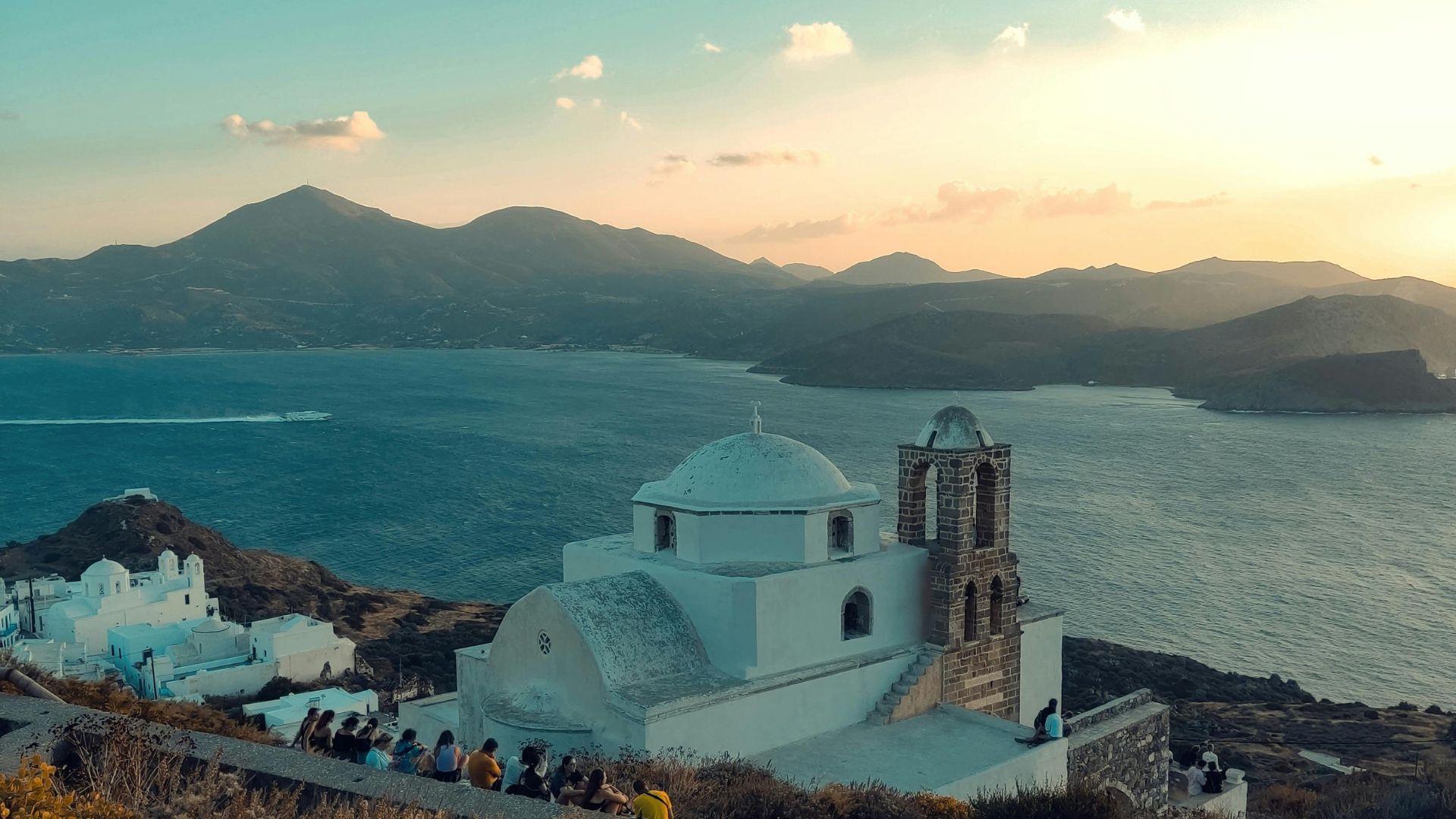
Discovering Plaka, Milos: Island Culture and History
Cobbled streets twist between whitewashed homes, blue doors, and flower pots everywhere. Walking through Plaka feels a bit like exploring a living museum—history and daily life blend together in the most natural way.
The Ancient Heartbeat of Milos
The soil here practically hums with stories from the past. The famous Venus de Milo was found on this island—a reminder of how important Milos once was in Greek history.
Plaka sits close to catacombs and an ancient theater, so visitors can wander among relics that go back thousands of years. The Kastro at the village’s top not only gives you sweeping views but also a glimpse into Milos’ strategic role in the Aegean.
When I walk these old sites, I can almost feel the centuries beneath my feet.
Milos’ history connects deeply with its villages, shaped by mining and trade. Local museums show off pottery, tools, and artifacts that reveal how people once lived, worked, and celebrated.
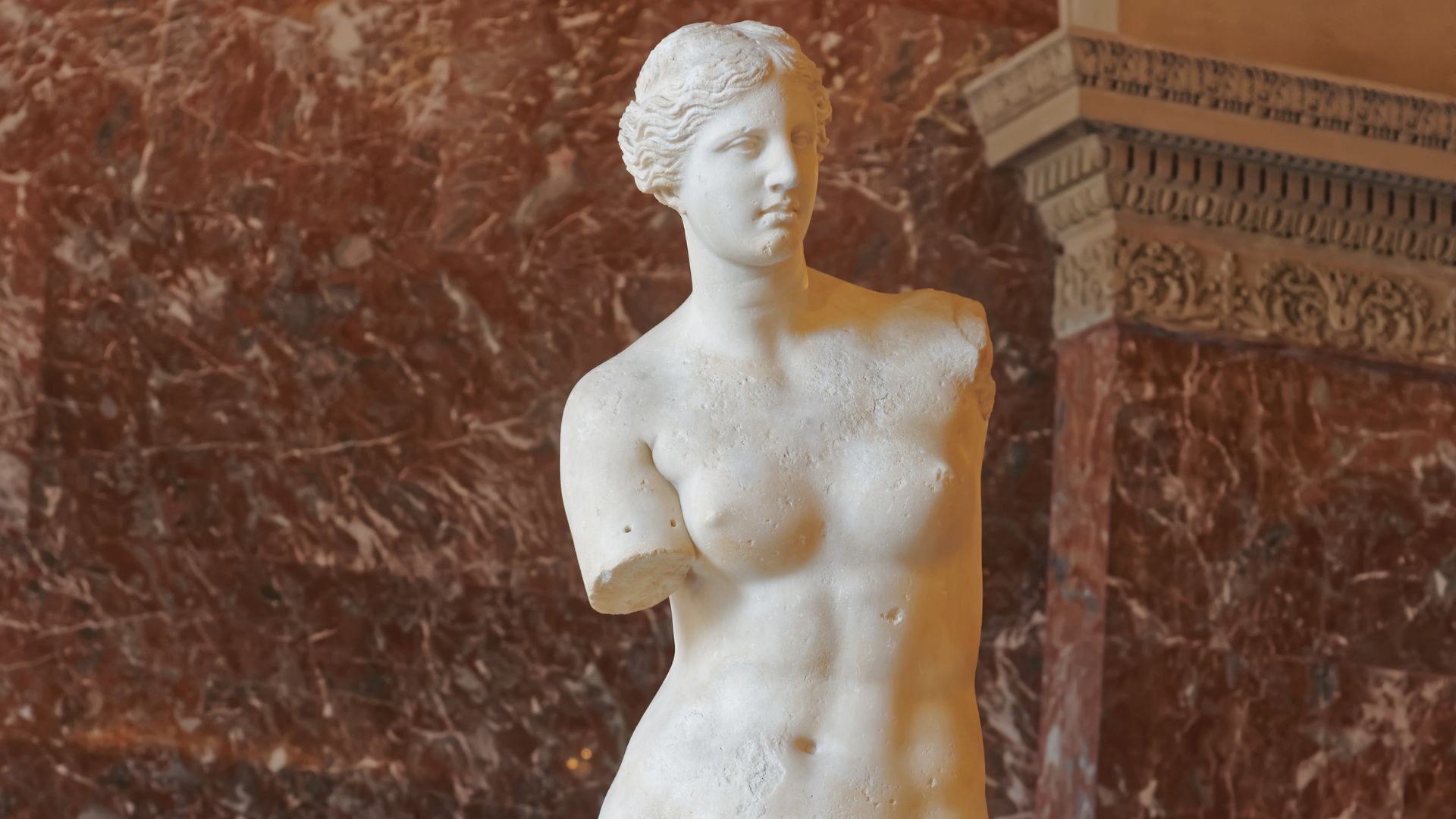
Traditions and Local Lifestyle
Cycladic culture shapes daily life in Plaka. I often spot locals hanging out in small squares, sipping coffee or ouzo under old trees. Meals feel like a social event—family-run tavernas serve up dishes with local cheese, fresh seafood, and homegrown veggies.
Typical Plaka traditions:
- Daily siestas during the hot afternoons
- Processions on church feast days
- Storytelling and music in village cafes
Craftsmanship is everywhere. Tiny shops sell hand-painted ceramics, lace, and woven goods. Artisans still use old techniques, and I always try to pick up something small to remember the visit.
Community Events and Celebrations
Plaka’s community ties run deep, and locals rarely pass up a chance to gather. Seasonal events fill the calendar—spring flower festivals, summer concerts, and more.
One of my favorite memories is joining a saint’s day procession as the sun set. Residents wore traditional dress, and music echoed through the lanes. Food stalls served everything from honey-soaked pastries to grilled octopus.
You’ll usually spot event posters or info boards near the main church. If you’re visiting, joining an event is honestly the best way to feel the warmth of the village.
Strolling Through Plaka’s Castle Town
Plaka’s castle town immediately draws me in. Stone alleys, whitewashed homes, and everyday local life all mix together. Whether I’m listening to a street musician, watching an artist, or grabbing a homemade pastry, every moment feels connected to both past and present.
Charming Alleyways and Historical Architecture
Wandering Plaka is like walking through a living postcard. Narrow, twisting streets are paved with smooth stones that echo with every step.
White cubic houses with blue shutters line the paths, often dressed up with hanging plants or bursts of flowers.
I always spot little things—arched doors, wooden balconies, even the curve of an ancient wall hinting at Venetian times. At the heart of it all stands the Plaka Castle, or Kastro, built back in the 13th century.
Climbing the hill to the ruins, I get a sweeping view of Milos and the sea. Sunset makes the whole town glow.
Every corner seems to hold a surprise—a hidden chapel, an old windmill. The architecture here blends beauty and practicality, keeping the village cool and inviting.
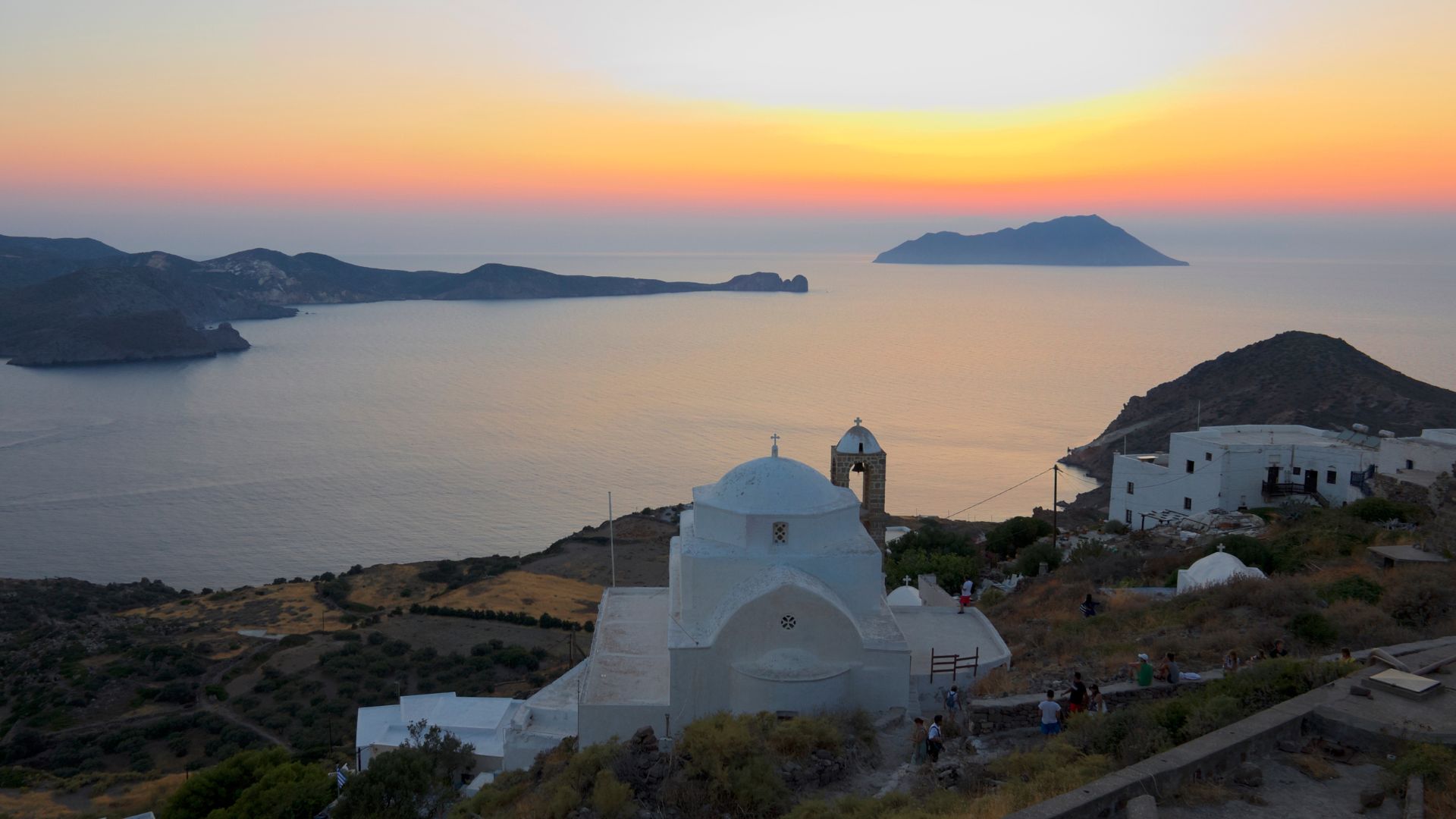
Vibrant Art and Entertainment Scene
Local artists fill tiny galleries with paintings and ceramics. Sometimes, I stumble upon open studios where the air smells like paint and salt, and artists work on Cycladic designs right in front of you.
At night, live music spills into the squares. Folk musicians play bouzouki or guitar, kids dance, and locals chat. Outdoor movie nights pop up in hidden courtyards, projecting classic Greek films under the stars.
Interactive art walks let me meet artists and watch them at work. There’s a laid-back, creative vibe. Even street corners sometimes become impromptu stages for poetry or music.
Cultural Experiences with Local Groups
It’s easy to meet local groups hosting workshops and events. The village association sometimes organizes walking tours, sharing hidden stories about Plaka and its people.
Cooking classes invite me into real Greek kitchens to make gemista or kouloura bread. Folk music groups often rehearse before festivals, and they don’t mind if you listen in.
Sometimes, I hear local choirs or catch a community theater show outside. These small gatherings, with laughter and homemade wine, really let me feel the island’s traditions.
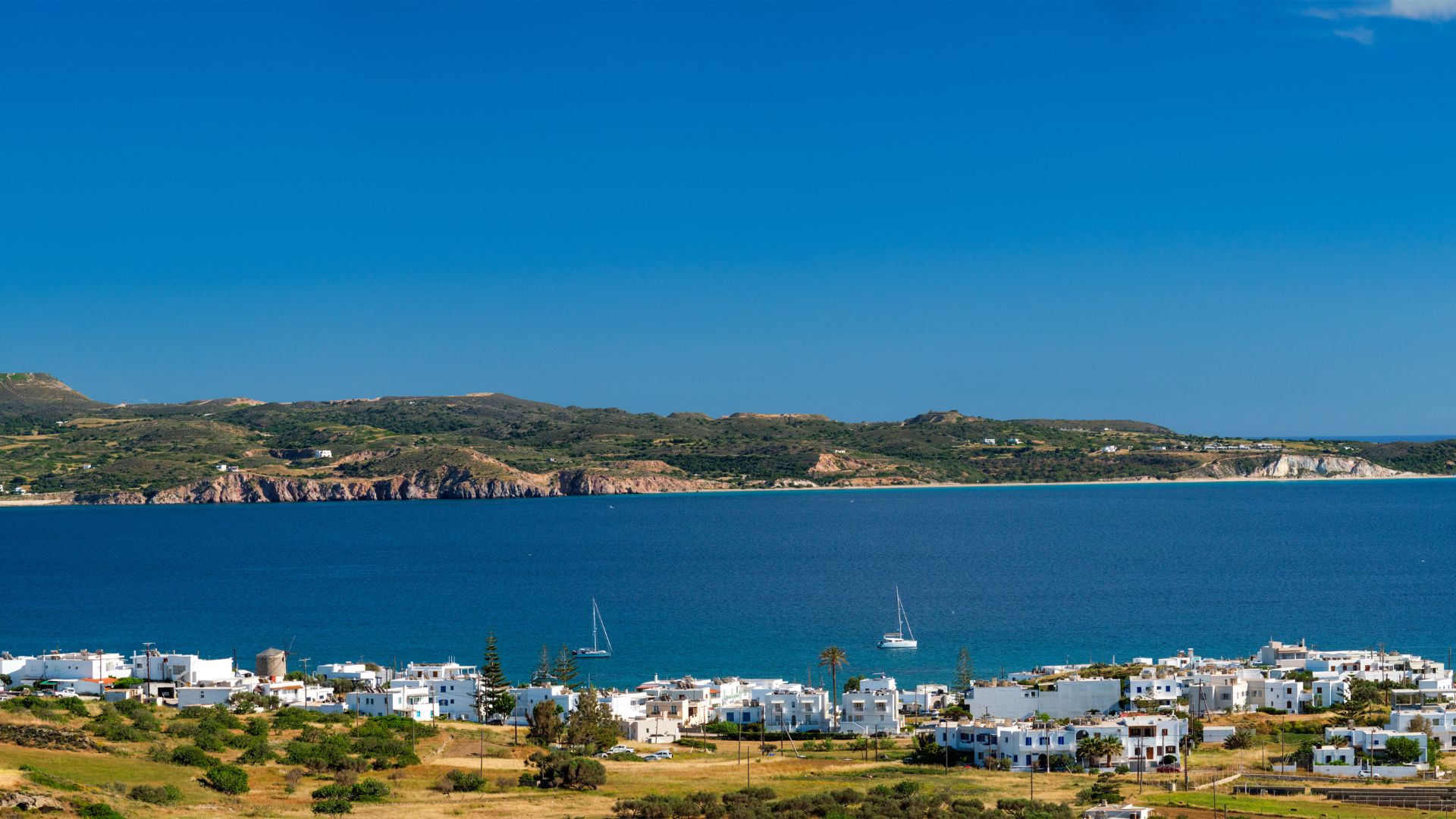
Food, Cafes, and Local Recipes
Plaka’s cafés and small tavernas keep the village lively, especially as the sun goes down. I usually start my day with strong Greek coffee and a shaded terrace view.
Midday, I grab pitarakia—flaky cheese pies—or grilled octopus at a family spot. Menus highlight local products, like capers and Milos honey.
Some places even have video displays showing how dishes are made, which makes it easier to try something new.
One of my favorite finds was a tiny place serving karpouzopita—a sweet, melon-filled pie. Whether I’m after seafood, homemade desserts, or bread from ancient ovens, Plaka’s food always tastes like a piece of the island.
Sunset from the Kastro: A Timeless Experience
Watching sunset from the Kastro in Plaka feels like stepping into a different world. The sky shifts colors over the Aegean, birds call in the distance, and footsteps echo on old stones.
This moment isn’t just about the view—it’s about soaking in the history and life of Milos.
Best Sunset Viewing Points
Kastro, perched above Plaka, gives the island’s most dramatic sunset views. At the top, I stand among the ruins of the old Venetian castle.
From here, you see the whole bay and the whitewashed houses below catching that golden hour glow.
Several ledges and walls let me perch with my camera or just sit and watch. The main viewpoint at the highest point gets crowded, so I usually arrive early to grab a spot near the main wall or along a quieter side path facing west.
Sometimes, I explore the corners near the little chapel of Panagia Thalassitra. The view of the town’s lanes and shimmering coastline is just stunning.
A folding map or a quick chat with a local helps me find the perfect spot to settle in.
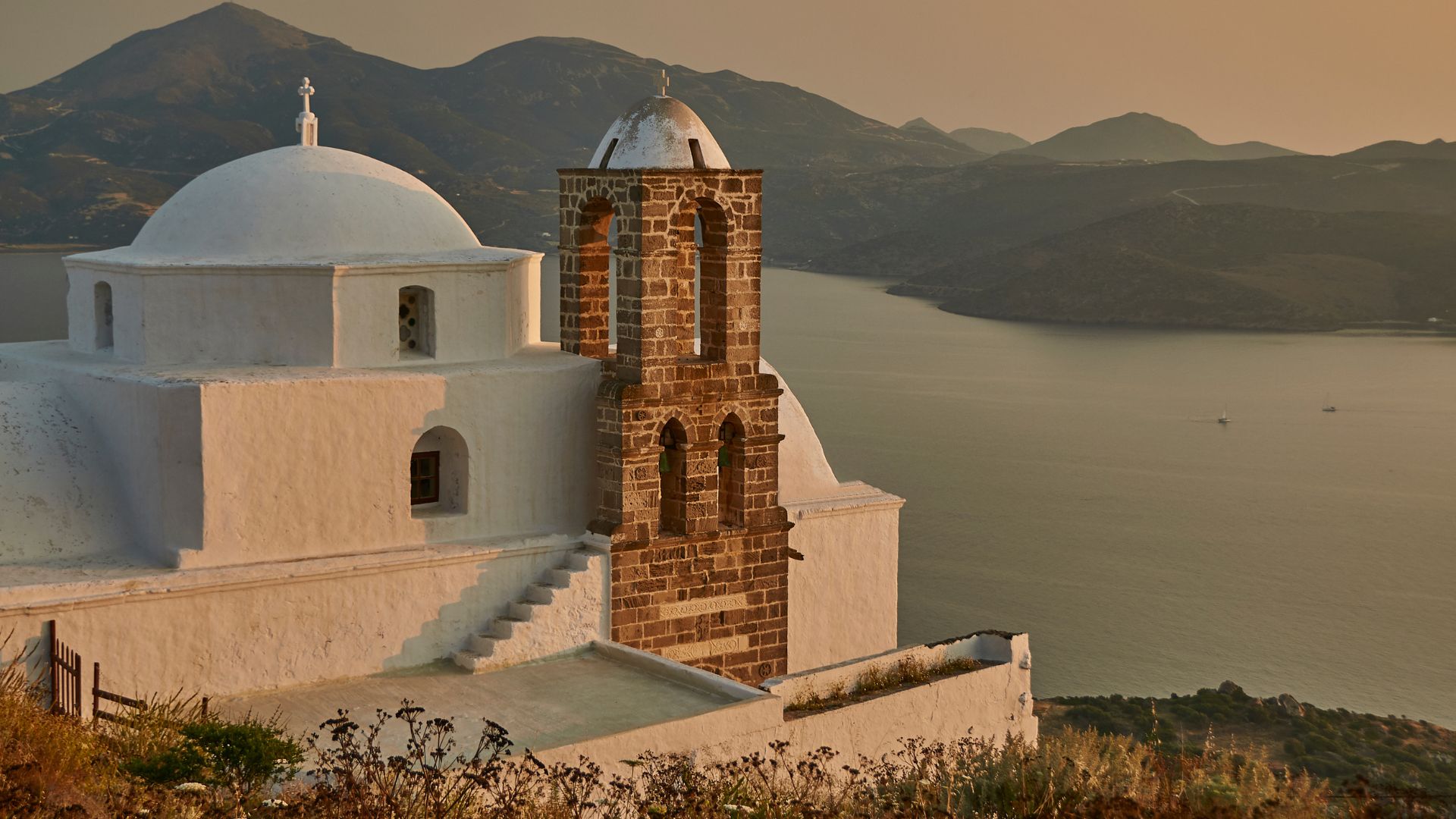
Tips for Capturing Unforgettable Photos
The light at Kastro changes quickly as the sun drops. I try to get there at least thirty minutes before sunset to find a unique angle or a spot with fewer people.
To capture Milos’ mood, I shoot a few wide shots showing the island’s curve and the sun dipping into the sea. The panoramic feature on my phone or a wide lens works best.
For sharper colors, I switch my camera to HDR mode. I like experimenting with silhouettes of ruins, churches, or even other visitors. Sometimes, waiting a few moments after sunset brings out soft pinks and purples.
A small tripod and lens cleaner help keep my photos sharp, especially with the wind and dust.
Evening Events and Social Gatherings
After sunset, the Kastro area stays lively. Locals and travelers linger, sharing drinks on the old stone walls and chatting as the sky darkens.
In summer, I’ve seen small music gatherings—someone pulls out a guitar, snacks appear, and people just hang out.
Nearby cafés and tavernas sometimes host sunset-themed evenings, with live music or special menus. Painted signs and flyers in Plaka’s alleys list what’s on each night.
I love the relaxed vibe as the crowd drifts down from the castle, everyone still glowing from the last light, swapping stories or showing off their favorite photos.
Street artists come out, too, sketching the skyline or playing quiet tunes. It all makes Kastro feel like more than just a sunset spot—it’s a place where the day ends together, with laughter and new friends.

Planning Your Plaka Adventure: Accommodation and Activities
Plaka in Milos feels like a hidden gem—every stay, tour, or little adventure adds a new layer to the trip. Charming guesthouses, local sites, and unique experiences all make planning ahead worth it.
Staying in Plaka: Top Accommodation Options
Finding the right place to stay in Plaka made my trip even better. The town has a cozy, genuine feel, with lots of family-run hotels and suites.
I picked a traditional Cycladic guesthouse—stone walls, whitewashed arches, and a timeless vibe.
Here’s a quick guide I used:
| Type | Price Range | Best For |
|---|---|---|
| Boutique Hotels | $-$$ | Couples, design lovers |
| Family-run Pensions | $-$ | Budget, local warmth |
| Villas & Suites | $-$$ | Groups, privacy seekers |
Some places offer rooftop terraces with sea views. Booking early is smart, especially in summer when rooms fill up fast.
If you love being close to shops and restaurants, pick a spot near Plaka’s main square.

Guided Tours and Local Recommendations
Booking a guided tour helped me explore Plaka and Milos without stress, especially as a first-timer. My favorite was a walking tour through Plaka’s narrow streets—local guides shared stories about the town’s Venetian history and pointed out secret corners.
If you want more, try a sunset tour up to Kastro Castle. The hike is a bit steep, but the sunset over the Aegean is worth every step.
Foodies can join local tasting tours. I tried creamy goat cheese, honey, and homemade sweets on mine.
Locals suggested visiting the archaeological museum and pointed me to less-visited spots, like hidden chapels with beautiful frescos. Checking recent travel reviews online helped me pick the safest and best-rated guides.
Unique Activities and Experiences
Exploring Plaka isn’t just about sightseeing—it’s about stepping into island life. One afternoon, I joined a pottery class with a local artist. Shaping clay while listening to stories of old Milos made my souvenir feel special.
For something a bit different, I rented an e-bike and rode from Plaka to Klima, the fishermen’s village. The colorful boat houses along the water were perfect for photos.
Other can’t-miss activities include sunset picnics on Kastro’s ancient walls and shopping for handmade jewelry in tiny boutiques. Every experience felt personal and made me appreciate Plaka’s culture even more.
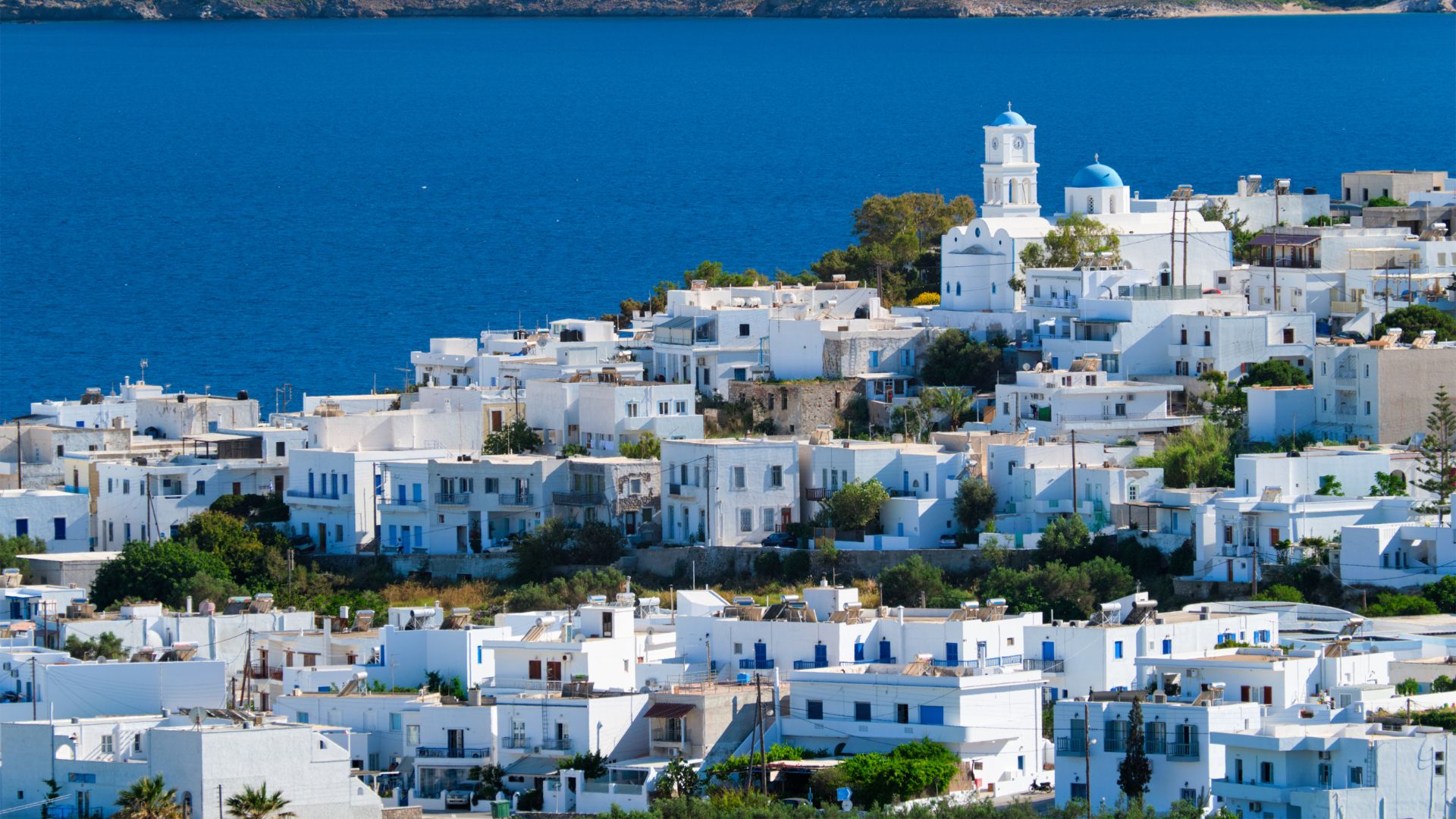
Exploring Milos Beyond Plaka: Connections and Nearby Destinations
Milos offers more than just Plaka’s winding lanes and castle sunsets. Exploring further opens up trips to Crete, charming towns like Hania and Malia, and plenty of local tips, transport advice, and online resources to make your island adventure smooth.
Reaching Crete, Hania, and Malia
When I wanted to get from Milos to Crete, I noticed ferries run pretty regularly, especially when the weather warms up. The trip usually takes about 4 to 6 hours, but it really depends on which ferry and route you choose.
I always book my tickets online ahead of time. Seats seem to vanish fast once tourist season hits.
Hania (or Chania) sits up on the northwest coast of Crete. People know it for its Venetian harbor, old town vibes, and that energetic food scene. Malia’s different—it’s on the north coast and folks flock there for ancient ruins and those long sandy beaches.
Here’s a quick comparison table to help you see the differences:
| Route | Typical Travel Time | Transport Options |
|---|---|---|
| Milos → Hania | 5-7 hours (with ferry & bus) | Ferry + Bus/Taxi |
| Milos → Malia | 5-8 hours (with ferry & bus) | Ferry + Bus/Taxi |
I’d suggest catching a ferry to Heraklion first. From there, you can grab a bus or taxi to either Hania or Malia. It just seemed like the easiest way.
Local Transport and Travel Tips
Getting around Milos or hopping to other islands turned out easier than I expected once I figured out the basics. Local buses link up main towns like Adamas, Pollonia, and Trypiti.
If you want to wander off the main roads or check out hidden beaches, renting a scooter or car is the way to go.
I usually checked ferry times at the port or on a travel website. Schedules sometimes change if the weather acts up.
Ferries from Milos head to Piraeus (Athens), Crete, Paros, and Santorini.
A few tips I’ve picked up:
- In busy season (June-August), book transport ahead.
- Cash comes in handy for bus fares or little shops.
- Some places, like the old theater or faraway beaches, really need a rental car or ATV.
- Local taxis exist, but honestly, I struggled to find one late at night.
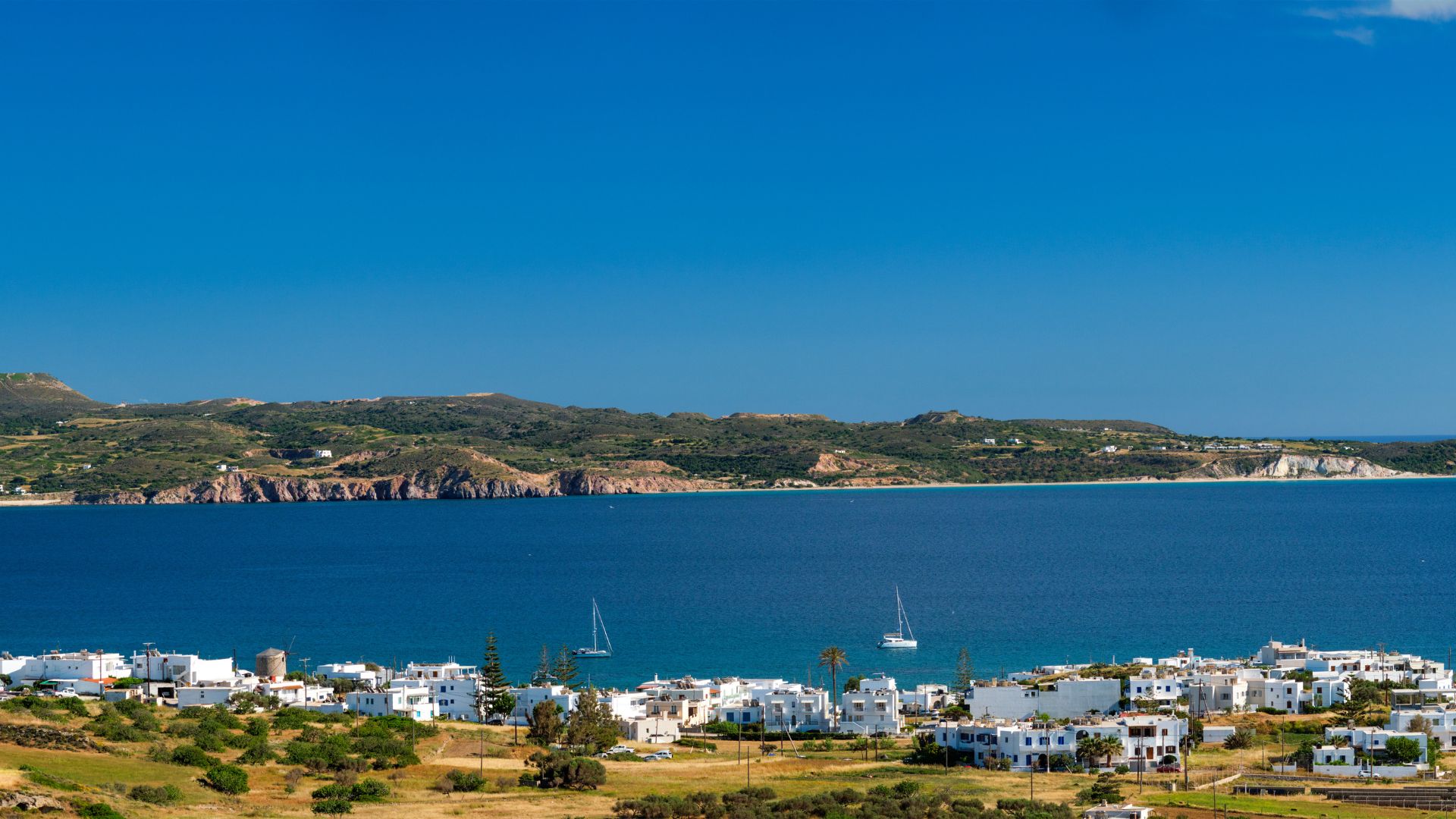
Online Resources and Travel Services
I usually turn to well-known travel sites like FerryHopper and Greek Travel Pages when I plan ferry tickets and routes. These sites let me compare times and prices, and honestly, booking tickets only takes a few clicks.
If I need local tips or want to connect with guides, I jump into online forums or community groups—think Facebook or Reddit. Other travelers often share up-to-date posts or reviews there.
A lot of services, like accommodation or tours, ask you to register an account so you can keep track of your bookings. I always try to stick to websites with solid security features—I look for “https” and, if it’s there, two-factor authentication.
Memberships on certain travel content sites can unlock extra features or discounts. I usually stop to think if those perks are really worth signing up for, though. Most official sites for island transport or activities don’t even ask you to become a member.
When I’m planning routes or checking schedules, I keep my phone close. It makes it easy to search for info, read blog posts with recent updates, or catch travel alerts.
Honestly, having good online tools and a bit of tech makes my time beyond Plaka way smoother.

